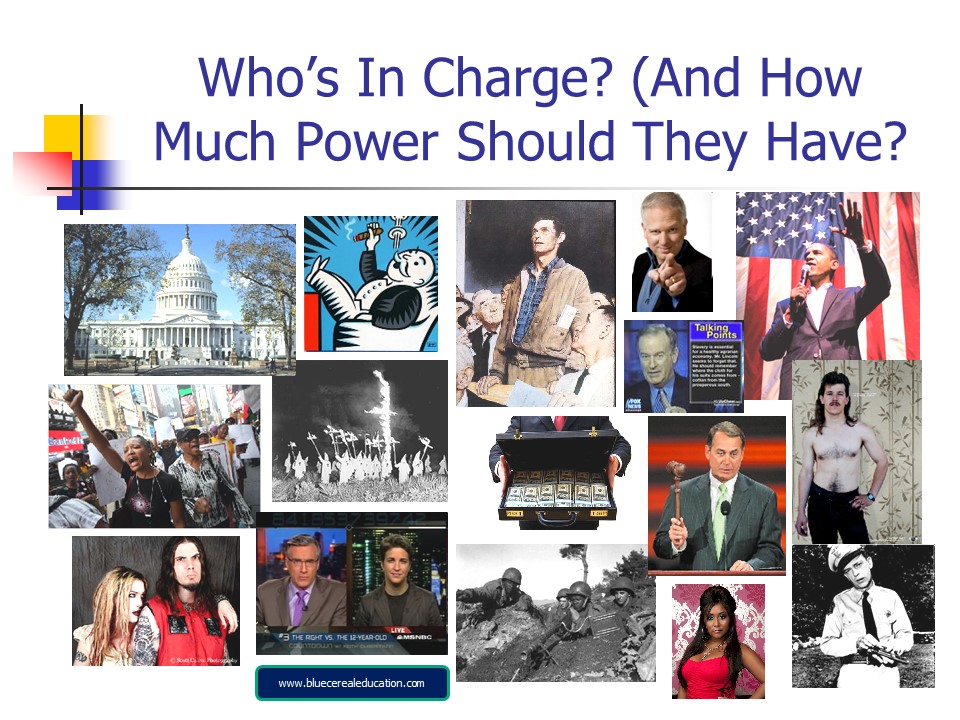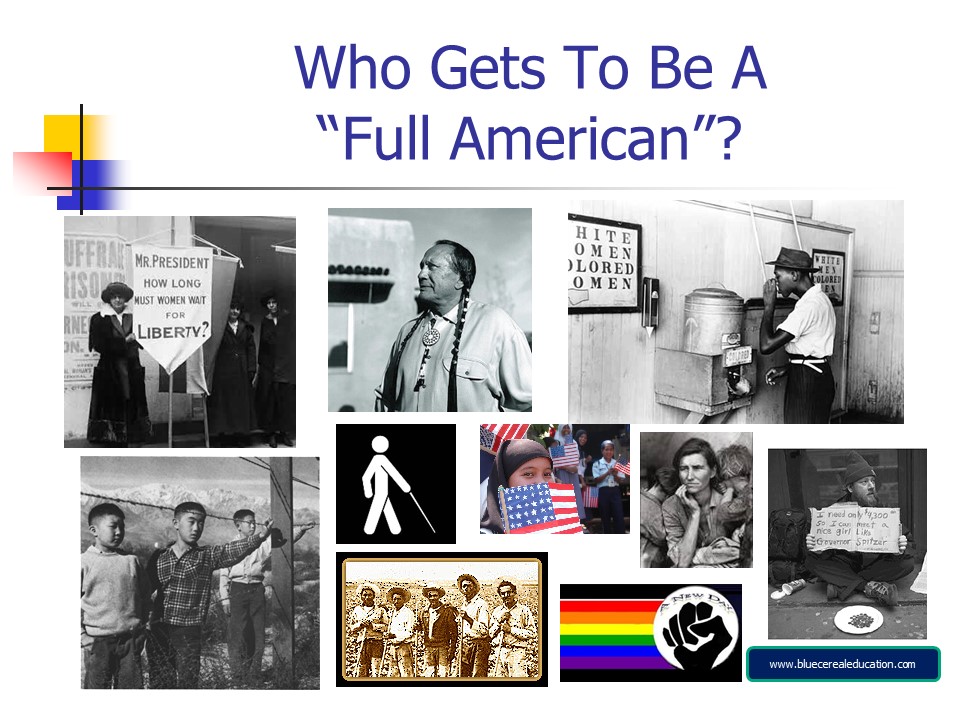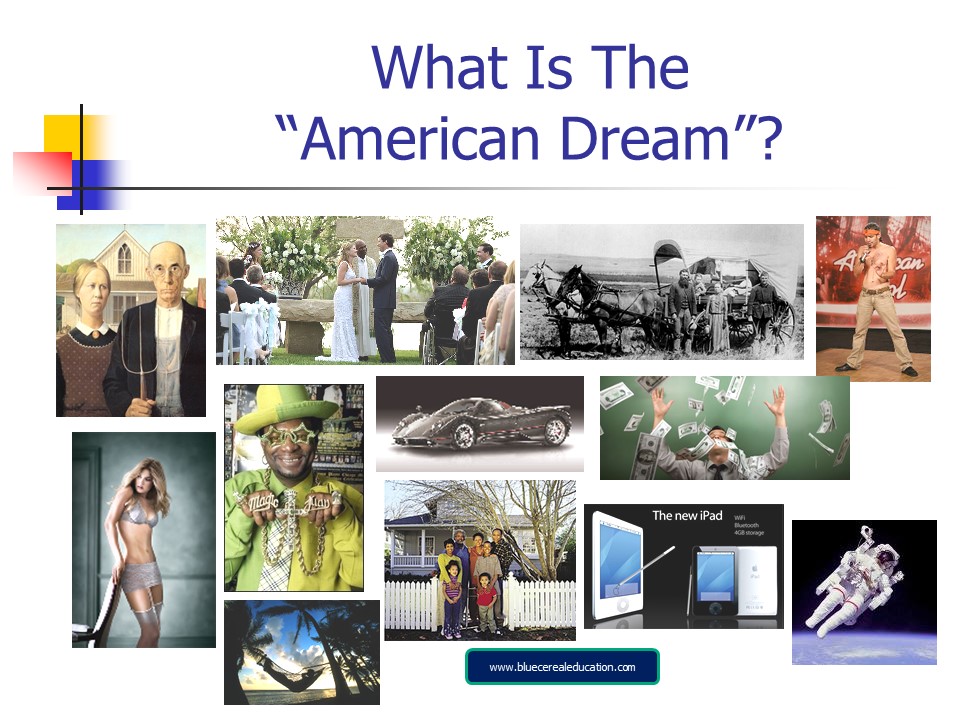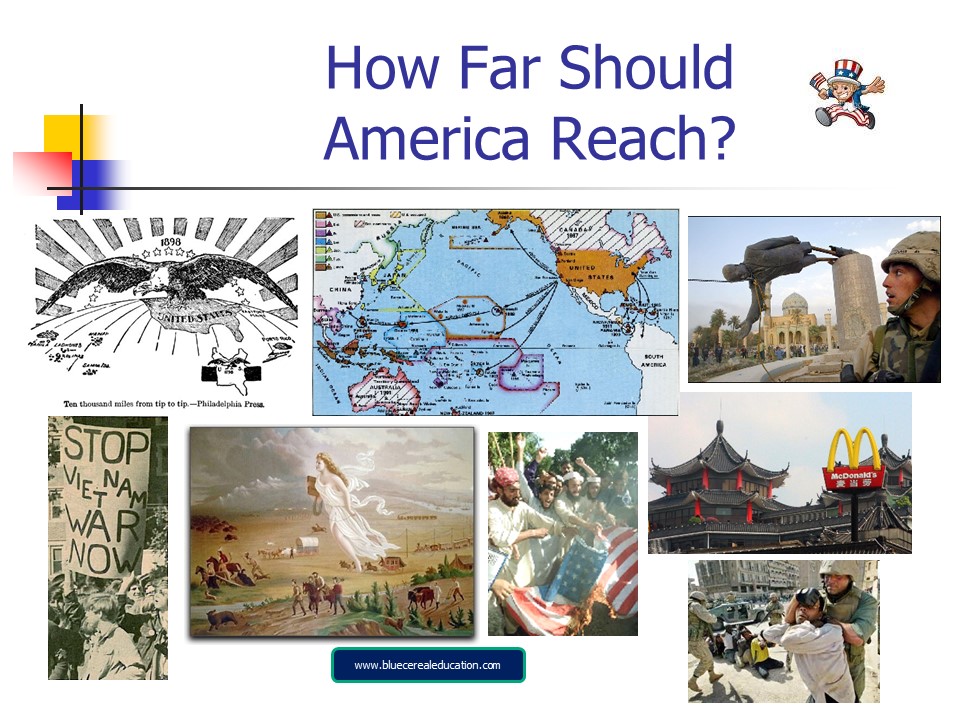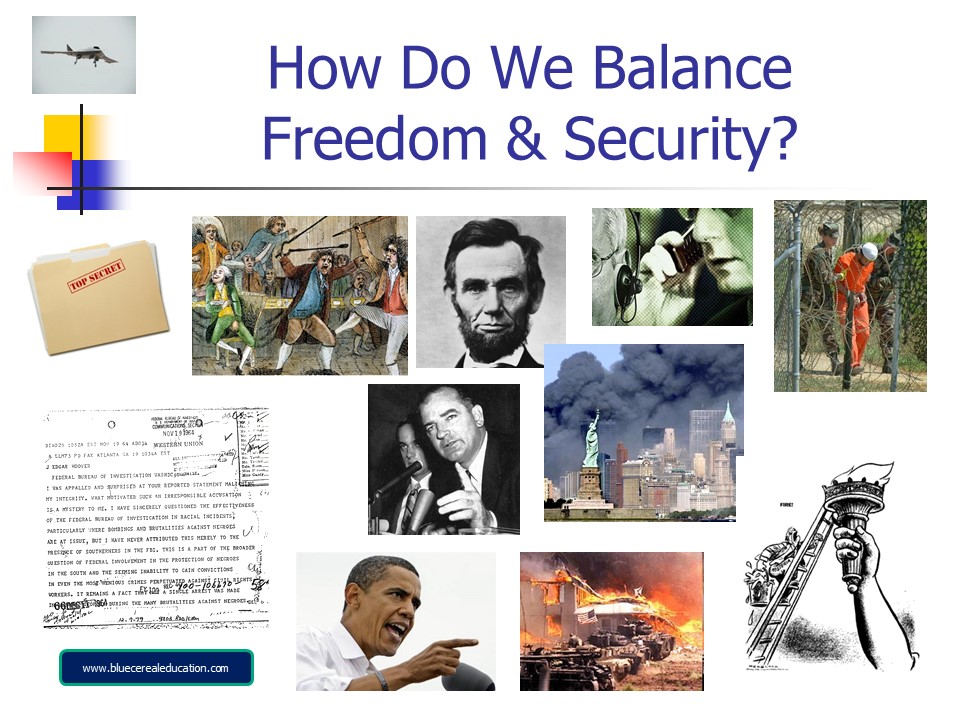 One way to highlight the role of the Color Commentary Voice is to model it with students – both what it sounds like when it’s MISBEHAVING and what it might sound like when its’ COOPERATING. To do this, I ask for a volunteer with a strong reading voice to read aloud from something educational I want to cover anyway. I explain that they’ll be the Play-By-Play Voice, and should pause when I interrupt. When I shut up, the Play-By-Play should pick up where it left off.
One way to highlight the role of the Color Commentary Voice is to model it with students – both what it sounds like when it’s MISBEHAVING and what it might sound like when its’ COOPERATING. To do this, I ask for a volunteer with a strong reading voice to read aloud from something educational I want to cover anyway. I explain that they’ll be the Play-By-Play Voice, and should pause when I interrupt. When I shut up, the Play-By-Play should pick up where it left off.
The first time, I’ll model an uncooperative Color Commentary, and ask them if this experience seems at all familiar. It might go something like this:
“Excerpt from Democracy In America, by Alexis De Tocqueville”
Why do the French always use so many letters we’re not even supposed to pronounce?
“But in the United States the majority, which so frequently displays-“
What time is it? I wonder of Maddi’s texted me back yet…
“-the tastes and the propensities of a despot, is still destitute of the more perfect instruments of tyranny.”
I’ll bet I can slide my phone out enough to check while everyone’s reading. It will just take a second.”
“In the American republics the activity of the central Government has never as yet been extended-“
Nope. Crap – maybe I said the wrong thing. It’s stupid. If she can’t let a little joke go, who needs her? Is it lunch time yet? What time is this class over again?
“-beyond a limited number of objects sufficiently prominent to call forth its attention. The secondary affairs of society have never been regulated by its authority,”
Check that out. Lana in those tights. Or yoga pants. Whatever they are. Dang, girl! We should – oh, she’s looking back turn away look casual! Hmm hmm hmm… ‘regulated by its authority,’ yep.
“-and nothing has hitherto betrayed its desire of interfering in them. The majority is become more and more absolute, but it has not increased the prerogatives of the central government;”
I forgot to ask Mom if I could go to Jackson’s after school. I should tell her it’s for a Biology project or something… no, she’d never buy it. History, maybe? If my stupid parents would just buy me Targeted Zone: Eternal Brimstone, I wouldn’t have to deal with Jackson and his stupid snorting and dumb jokes.
“-those great prerogatives have been confined to a certain sphere; and although the despotism of the majority may be galling upon one point, it cannot be said to extend to all.”
I gotta pee.
STOP.
 I’ll ask the room to tell me, without looking down at the passage, what my volunteer Play-By-Play Voice has just read. Usually they can tell me little or nothing. Maybe just the general subject? Anything jump out?
I’ll ask the room to tell me, without looking down at the passage, what my volunteer Play-By-Play Voice has just read. Usually they can tell me little or nothing. Maybe just the general subject? Anything jump out?
Mostly, of course, they remember the yoga pants and the video game and having to pee. Does this experience seem familiar?
Always.
We all do it sometimes. Some of us do it most of the time when trying to read something that doesn’t particularly engage us, or that we simply don’t want to read. Sometimes it’s difficult even when we DO want to read it – we just have trouble staying focused, especially if the passage is difficult.
We need to train our Color Commentator to work FOR us instead of AGAINST us. We don’t have to MEAN it when we begin practicing this – we just have to DO it. The more boring or tedious the passage, the more important it is to interact with it, focus intense interest on it, and intentionally do all of the things we’d do naturally and often unconsciously if we were really and truly engaged.
So we’re going to do it again – same passage, same Play-By-Play voice. But this time, I’m going to try to model what my Color Commentator SHOULD be doing.
“Excerpt from Democracy In America, by Alexis De Tocqueville”
OK, I remember this guy. Kind of. We’ve read other stuff from him – he travelled through the U.S. in, like, the 1830’s or so and wrote about what he saw. Seems to be considered a legit source of observation – with the perspective of someone ‘outside’.
“But in the United States the majority, which so frequently displays the tastes and the propensities of a despot-“
The majority – so, like 51% or more. We’re big on ‘majority rule’ in the U.S., but he’s saying sometimes that majority acts kinda like a dictator, which we DON’T like.
“-is still destitute of the more perfect instruments of tyranny.”
I’m not sure where he’s going with this. The majority sometimes has the same desires and tendencies of a despot… but is destitute – lacks – doesn’t have? ‘the more perfect instruments of tyranny.’ Huh. I don’t quite get this last part, but maybe he’s going to say even the worst elements of majority rule aren’t as bad as tyranny. I’ll look for clarification as I move on.
 “In the American republics the activity of the central Government has never as yet been extended beyond a limited number of objects sufficiently prominent to call forth its attention-“
“In the American republics the activity of the central Government has never as yet been extended beyond a limited number of objects sufficiently prominent to call forth its attention-“
OK, OK, think this through. The American republics – that’s gotta mean the U.S. and however many states there were in the 1830s. We’re before the Civil War still, so… 20? 25? Doesn’t matter. The central government is Washington, D.C. – the federal government. OK – the feds haven’t yet started worrying about anything except the big stuff – probably the stuff NOT covered by the Articles of Confederation… the Alexander Hamilton stuff – war, the economy, etc. Tocqueville is saying the central government only pays attention to big national stuff (although ‘as yet’ suggests it might eventually – wouldn’t HE be surprised today?)
“-The secondary affairs of society have never been regulated by its authority, and nothing has hitherto betrayed its desire of interfering in them. The majority is become more and more absolute, but it has not increased the prerogatives of the central government;”
OK, I was right. That is what he’s saying. Even with a… a… stronger, more homogenous majority (was the country becoming more the SAME in the 1830’s? I’m not sure about that…) the central government hasn’t started trying to control ‘the secondary affairs of society’. Not sure what they meant to Tocqueville, but it hadn’t yet started trying to control EVERYTHING in the name of the majority – just the most important stuff. There were plenty of individual rights – wait, no… plenty of states’ rights – left to be had.
“-those great prerogatives have been confined to a certain sphere; and although the despotism of the majority may be galling upon one point, it cannot be said to extend to all.”
I could look up ‘prerogatives’, but given the context I think he’s just restating what I said a second ago. The phrase ‘despotism of the majority’ is weird… it sounds contradictory, but reminds me of something… oh! Our teacher talked about the Founders fearing ‘mob rule’ – the ‘tyranny of the majority’! I don’t remember the details, but something in the Federalist papers somewhere talked about factions balancing each other so this wouldn’t happen. I wonder if that’s related to this… but I gotta pee.
STOP.
 Now it’s time for the most awkward thing I’m going to ask them to do all year. We’re going to practice the process in pairs.
Now it’s time for the most awkward thing I’m going to ask them to do all year. We’re going to practice the process in pairs.
I’ll point out that the excerpt we’ve been using is divided into relatively short paragraphs (or chunks, or whatever). One partner will start as Play-By-Play, and the other as Color Commentary. At each paragraph (or chunk), they’ll switch.
And yes, they should practice doing it the cooperative, useful way. Someone always asks.
This part requires serious monitoring, and I stop them from time to time to make sure the Color Commentator voice is on topic and hasn’t simply fallen silent. It’s up to you how long to let it continue, but I don’t usually go more than 4-5 minutes.
I assure you, it’s a very long 4-5 minutes.
I only do it once, but for the rest of the year I can always refer back to it – “What are your inner voices doing?” It also leads nicely into annotating or ‘Marking Up’ the text – which is really just playing both roles yourself, on paper. Both support Cornell Notes, Dialectic Journals, or whatever other sort of ‘AP’ or ‘College-Style’ note-taking you might teach.
Of course, this can be a pretty chaotic, awkward process. Sometimes I’d rather do it slightly less awkwardly…
RELATED POST: Training the Voices In Your Head (Intro)
RELATED POST: Training the Voices In Your Head (Slightly Less Awkward Practice)


 Let’s talk about the voices in our heads.
Let’s talk about the voices in our heads.  If you watch sports at all, you know there’s a minimum number of announcers necessary to properly call any event, match, or game. Sometimes you’ll get a half-dozen or so in the studio, and another three or four in the booth, but they’re extra. Look past the fluff, and at the core you’ll almost always find two main roles – Play-By-Play and Color Commentary.
If you watch sports at all, you know there’s a minimum number of announcers necessary to properly call any event, match, or game. Sometimes you’ll get a half-dozen or so in the studio, and another three or four in the booth, but they’re extra. Look past the fluff, and at the core you’ll almost always find two main roles – Play-By-Play and Color Commentary.
 Then the whistle blows, or the buzzer sounds, and the action is momentarily paused. This is where the Color Commentator guy jumps in to discuss the strategies recently employed in the contest – in the action just called. He talks about the players involved, their backgrounds, recent injuries, etc. He’ll explain what the coach is hoping to accomplish by whatever decisions he’s made, or otherwise fill in context and personality to the actual play occurring before and after his interpretations and insights.
Then the whistle blows, or the buzzer sounds, and the action is momentarily paused. This is where the Color Commentator guy jumps in to discuss the strategies recently employed in the contest – in the action just called. He talks about the players involved, their backgrounds, recent injuries, etc. He’ll explain what the coach is hoping to accomplish by whatever decisions he’s made, or otherwise fill in context and personality to the actual play occurring before and after his interpretations and insights. The ‘reading voice’ we hear is usually our own. If you’re reading a book by Oprah Winfrey, you probably ‘hear’ it in her voice. When I re-read Harry Potter, I tend to ‘hear’ the characters from the movies when their antecedents have dialogue in the text. But most of the time we’re our own Play-By-Play voice – we read to ourselves without consciously recognizing it.
The ‘reading voice’ we hear is usually our own. If you’re reading a book by Oprah Winfrey, you probably ‘hear’ it in her voice. When I re-read Harry Potter, I tend to ‘hear’ the characters from the movies when their antecedents have dialogue in the text. But most of the time we’re our own Play-By-Play voice – we read to ourselves without consciously recognizing it. Readers who struggle with Play-By-Play need specific reading instruction and assistance. We do our best to prop them up with vocabulary previews, anticipation guides, or whatever, but our bang-for-the-buck is going to be limited with them. We’ll keep doing what we can, but the Play-By-Play skill is a long time developing and only gets harder to ‘fix’ as we get older – especially without willing application.
Readers who struggle with Play-By-Play need specific reading instruction and assistance. We do our best to prop them up with vocabulary previews, anticipation guides, or whatever, but our bang-for-the-buck is going to be limited with them. We’ll keep doing what we can, but the Play-By-Play skill is a long time developing and only gets harder to ‘fix’ as we get older – especially without willing application.

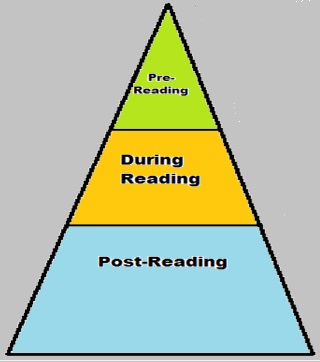
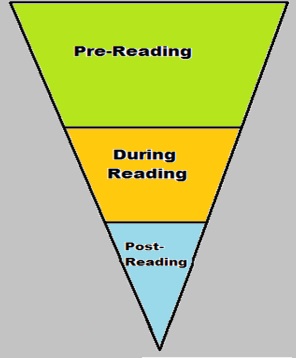
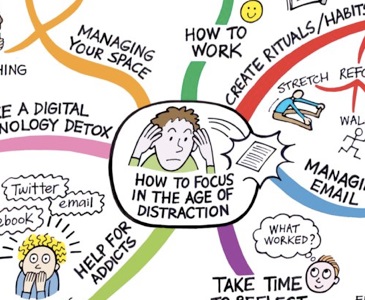
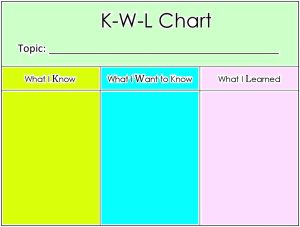 You know this one – it’s been in every teacher training curriculum since Horace Mann first required your Normal School Certificate be hung on the wall before presenting you with the Teacher’s Edition of that McGuffey’s Reader.
You know this one – it’s been in every teacher training curriculum since Horace Mann first required your Normal School Certificate be hung on the wall before presenting you with the Teacher’s Edition of that McGuffey’s Reader.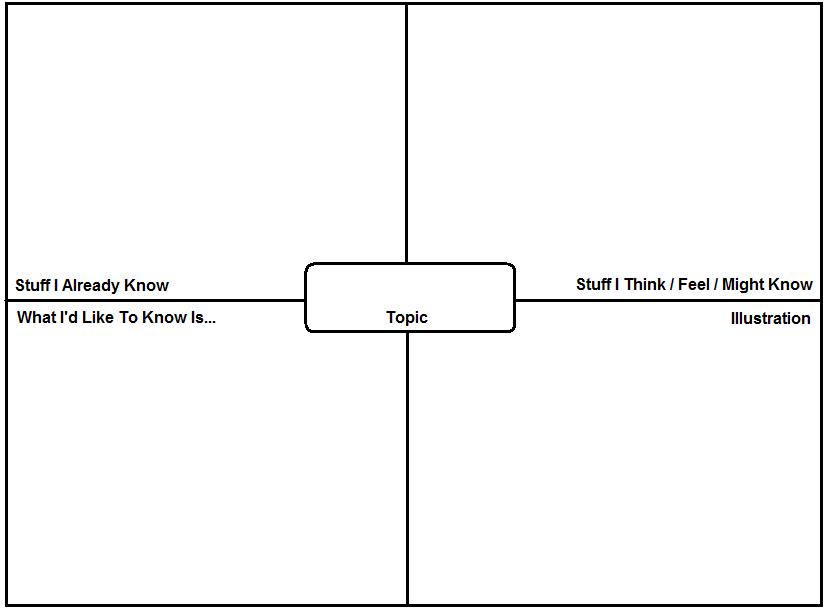
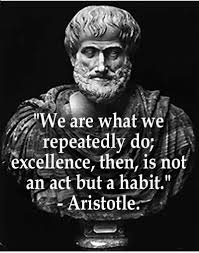

 You remember how crazy it used to make you when your math teacher would make you show your work? Part of why they do this, even when the problem being solved is relatively easy and you don’t really need to, is they want you to become comfortable with the process. They know eventually the problems will grow much more difficult, and it’s important you be comfortable with the steps most likely to help you solve them. That’s all we’re doing here – practicing an approach. Don’t worry – the documents will get much more difficult very quickly.
You remember how crazy it used to make you when your math teacher would make you show your work? Part of why they do this, even when the problem being solved is relatively easy and you don’t really need to, is they want you to become comfortable with the process. They know eventually the problems will grow much more difficult, and it’s important you be comfortable with the steps most likely to help you solve them. That’s all we’re doing here – practicing an approach. Don’t worry – the documents will get much more difficult very quickly.
 (1) It makes history more meaningful and provides context, connecting various subjects under the ‘Social Studies’ umbrella all the way through today. Think of your favorite episodic TV show (’24’, ‘House of Cards’, ‘Game of Thrones’, etc.) Any given episode may have individual meaning and value, but that meaning and value increase dramatically if you understand the overall story arch.
(1) It makes history more meaningful and provides context, connecting various subjects under the ‘Social Studies’ umbrella all the way through today. Think of your favorite episodic TV show (’24’, ‘House of Cards’, ‘Game of Thrones’, etc.) Any given episode may have individual meaning and value, but that meaning and value increase dramatically if you understand the overall story arch. 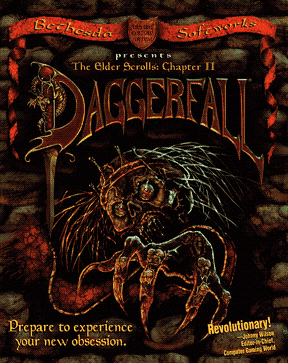 Even a general awareness of these connections and relationships makes the specifics of each event richer and more meaningful. That in turn makes information easier to understand, recall, and apply. Any kid who’s played a ‘series’ of video games like Halo, Fallout, Assassin’s Creed, etc., can appreciate this connectivity.
Even a general awareness of these connections and relationships makes the specifics of each event richer and more meaningful. That in turn makes information easier to understand, recall, and apply. Any kid who’s played a ‘series’ of video games like Halo, Fallout, Assassin’s Creed, etc., can appreciate this connectivity.